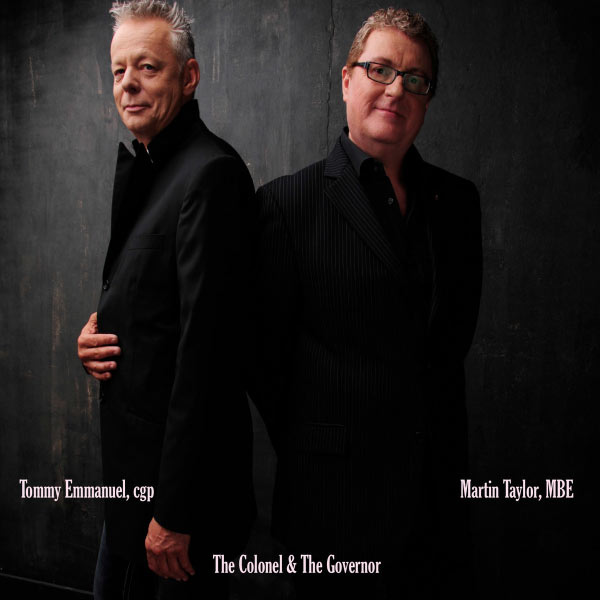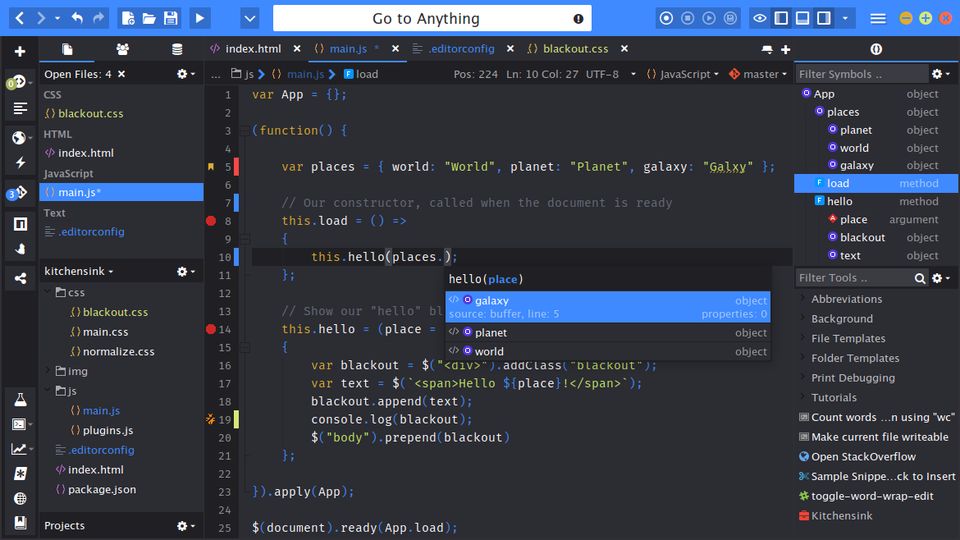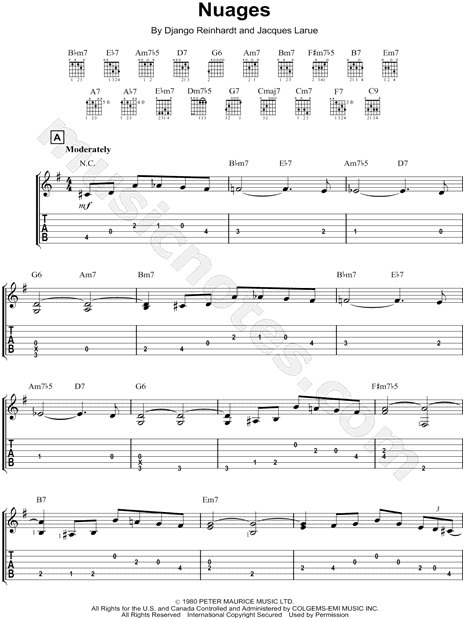This document will get you up and running with Django.
- Download: Eclipse, PyDev Eclipse is an open-source editor and one of the go-to Python IDEs for Windows. Its collection of extensions and plugins is very extensive and enough to build almost anything you want.
- How to get Django. Django is available open-source under the BSD license. We recommend using the latest version of Python 3. The last version to support Python 2.7 is Django 1.11 LTS. See the FAQ for the Python versions supported by each version of Django. Here’s how to get it.
- Learn why Docker Desktop is the preferred choice for millions of developers building containerized applications. Download for Mac or Windows.
- The 1.5 version of BitNamiStack For Django for Mac is provided as a free download on our website. This free Mac app was originally produced by BitRock. The software can also be called 'BitNamiStackForDjango'. The application lies within Developer Tools, more precisely Webmaster Tools. The most popular version of the application is 1.5. Our antivirus check shows that this Mac download.
Install Python¶
The 1.5 version of BitNamiStack For Django for Mac is provided as a free download on our website. This free Mac app was originally produced by BitRock. The software can also be called 'BitNamiStackForDjango'. The application lies within Developer Tools, more precisely Webmaster Tools. The most popular version of the application is 1.5.
Django is a Python Web framework. See What Python version can I use with Django? fordetails.
Get the latest version of Python at https://www.python.org/downloads/ or withyour operating system’s package manager.
Python on Windows
If you are just starting with Django and using Windows, you may findHow to install Django on Windows useful.
Install Apache and mod_wsgi¶

Django For Windows
If you just want to experiment with Django, skip ahead to the nextsection; Django includes a lightweight web server you can use fortesting, so you won’t need to set up Apache until you’re ready todeploy Django in production.

If you want to use Django on a production site, use Apache withmod_wsgi. mod_wsgi operates in one of two modes: embeddedmode or daemon mode. In embedded mode, mod_wsgi is similar tomod_perl – it embeds Python within Apache and loads Python code intomemory when the server starts. Code stays in memory throughout thelife of an Apache process, which leads to significant performancegains over other server arrangements. In daemon mode, mod_wsgi spawnsan independent daemon process that handles requests. The daemonprocess can run as a different user than the Web server, possiblyleading to improved security. The daemon process can be restartedwithout restarting the entire Apache Web server, possibly makingrefreshing your codebase more seamless. Consult the mod_wsgidocumentation to determine which mode is right for your setup. Makesure you have Apache installed with the mod_wsgi module activated.Django will work with any version of Apache that supports mod_wsgi.
Download Django 2.1
See How to use Django with mod_wsgifor information on how to configure mod_wsgi once you have itinstalled.
If you can’t use mod_wsgi for some reason, fear not: Django supports many otherdeployment options. One is uWSGI; it worksvery well with nginx. Additionally, Django follows the WSGI spec(PEP 3333), which allows it to run on a variety of server platforms.
Get your database running¶
If you plan to use Django’s database API functionality, you’ll need to makesure a database server is running. Django supports many different databaseservers and is officially supported with PostgreSQL, MariaDB, MySQL, Oracleand SQLite.
If you are developing a small project or something you don’t plan to deploy ina production environment, SQLite is generally the best option as it doesn’trequire running a separate server. However, SQLite has many differences fromother databases, so if you are working on something substantial, it’srecommended to develop with the same database that you plan on using inproduction.

In addition to the officially supported databases, there are backendsprovided by 3rd parties that allow you to use otherdatabases with Django.
In addition to a database backend, you’ll need to make sure your Pythondatabase bindings are installed.
Download Django Python
- If you’re using PostgreSQL, you’ll need the psycopg2 package. Refer to thePostgreSQL notes for further details.
- If you’re using MySQL or MariaDB, you’ll need a DB API driver like
mysqlclient. See notes for the MySQLbackend for details. - If you’re using SQLite you might want to read the SQLite backend notes.
- If you’re using Oracle, you’ll need a copy of cx_Oracle, but pleaseread the notes for the Oracle backend for detailsregarding supported versions of both Oracle and
cx_Oracle. - If you’re using an unofficial 3rd party backend, please consult thedocumentation provided for any additional requirements.
If you plan to use Django’s manage.pymigrate command to automaticallycreate database tables for your models (after first installing Django andcreating a project), you’ll need to ensure that Django has permission to createand alter tables in the database you’re using; if you plan to manually createthe tables, you can grant Django SELECT, INSERT, UPDATE andDELETE permissions. After creating a database user with these permissions,you’ll specify the details in your project’s settings file, seeDATABASES for details.
If you’re using Django’s testing framework to testdatabase queries, Django will need permission to create a test database.
Install the Django code¶
Installation instructions are slightly different depending on whether you’reinstalling a distribution-specific package, downloading the latest officialrelease, or fetching the latest development version.

Installing an official release with pip¶
This is the recommended way to install Django.
Download Django Free
Install pip. The easiest is to use the standalone pip installer. If yourdistribution already has
pipinstalled, you might need to update it ifit’s outdated. If it’s outdated, you’ll know because installation won’twork.Take a look at venv. This tool providesisolated Python environments, which are more practical than installingpackages systemwide. It also allows installing packages withoutadministrator privileges. The contributing tutorial walks through how to create a virtual environment.
After you’ve created and activated a virtual environment, enter the command:
Installing a distribution-specific package¶
Check the distribution specific notes to see ifyour platform/distribution provides official Django packages/installers.Distribution-provided packages will typically allow for automatic installationof dependencies and supported upgrade paths; however, these packages will rarelycontain the latest release of Django.
Installing the development version¶
Tracking Django development

If you decide to use the latest development version of Django,you’ll want to pay close attention to the development timeline,and you’ll want to keep an eye on the release notes for theupcoming release. This will help you stayon top of any new features you might want to use, as well as any changesyou’ll need to make to your code when updating your copy of Django.(For stable releases, any necessary changes are documented in therelease notes.)
Django Download File
If you’d like to be able to update your Django code occasionally with thelatest bug fixes and improvements, follow these instructions:
Make sure that you have Git installed and that you can run its commandsfrom a shell. (Enter
githelpat a shell prompt to test this.)Check out Django’s main development branch like so:
This will create a directory
djangoin your current directory.Make sure that the Python interpreter can load Django’s code. The mostconvenient way to do this is to use a virtual environment and pip. Thecontributing tutorial walks through how tocreate a virtual environment.
After setting up and activating the virtual environment, run the followingcommand:
This will make Django’s code importable, and will also make the
django-adminutility command available. In other words, you’re allset!
When you want to update your copy of the Django source code, run the commandgitpull from within the django directory. When you do this, Git willdownload any changes.
